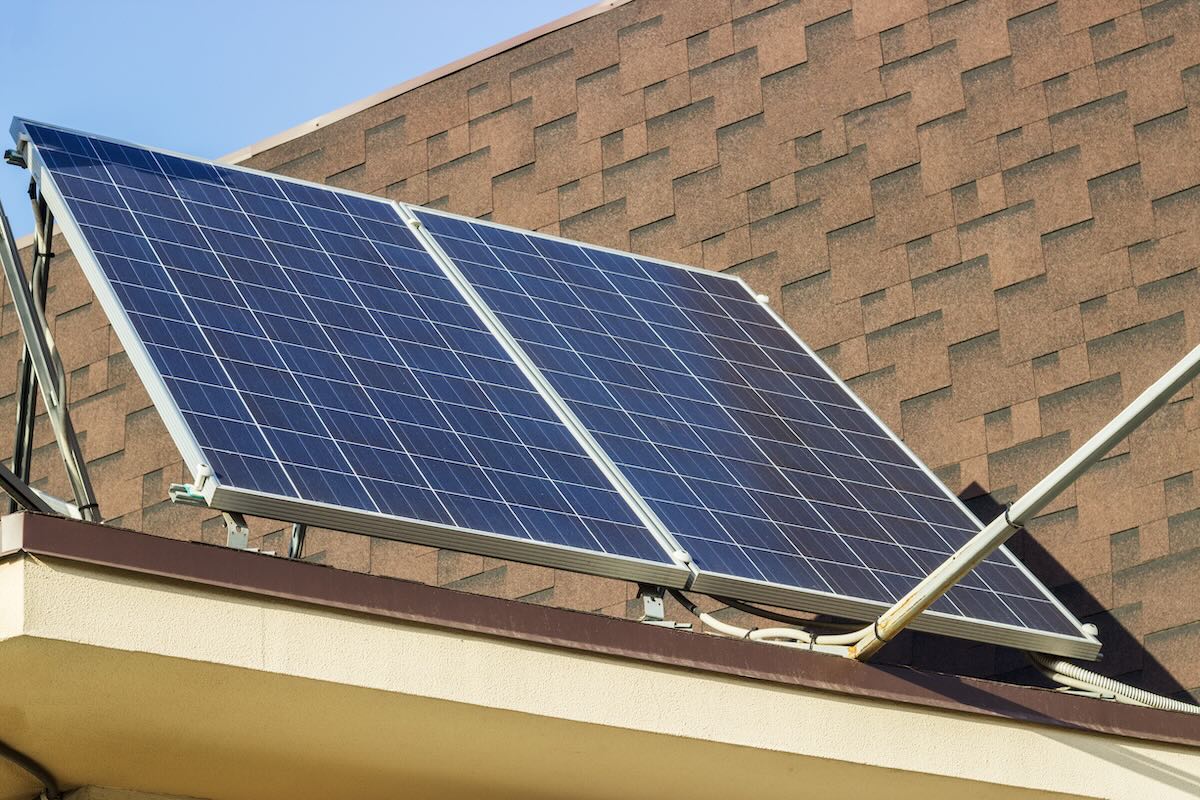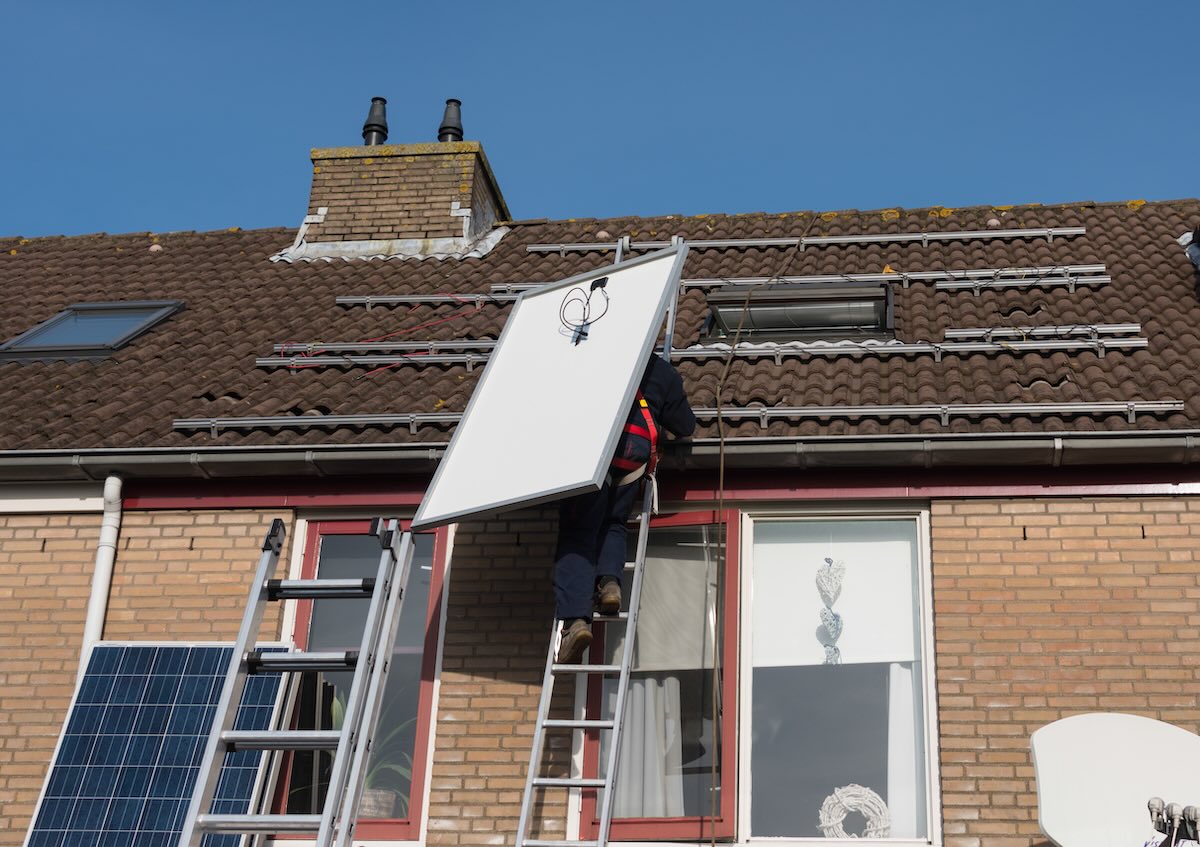If you’re contemplating the removal of financed solar panels from your home, you’re faced with a multifaceted decision that transcends merely dismantling the panels. This scenario could arise from various situations, such as intending to sell your property, the necessity for roof repairs or replacement, or the desire to enhance your solar energy setup. The challenge to remove financed solar panels lies in the financial and contractual commitments that accompany it.
For homeowners who have engaged in a solar lease, power purchase agreement, or have taken out a solar loan, there are extra complexities to consider. These include possible penalties for ending the contract prematurely and addressing any UCC filings or liens tied to the solar panel system. Grasping the nuances of solar panel removal, along with the financial obstacles involved, is essential for making a well-informed choice that safeguards your investment and avoids any undue financial strain.
Why Homeowners Choose to Remove Financed Solar Panels
Roof Damage or Repair Needs
One of the primary reasons homeowners might choose to remove financed solar panels is the need to repair or replace their roof. Solar panels are typically installed on the roof of a house, and if the roof is damaged or nearing the end of its lifespan, it may be necessary to remove the panels to facilitate the repairs. This can be a significant undertaking, especially if the solar panel system is still under a lease or loan agreement.
Homeowners must navigate the contractual obligations associated with their solar financing, which can include obtaining permission from the solar company and potentially addressing any liens on the property before the removal can proceed.
Technological Upgrades
Advancements in solar technology can also prompt homeowners to consider removing their existing solar panels. As newer, more efficient solar panels become available, homeowners may want to upgrade their system to take advantage of improved energy production and potentially lower their energy costs. However, this process is complicated when the current system is financed through a loan or lease.
Homeowners must weigh the benefits of upgrading against the costs and logistical challenges of removing the existing system, including fulfilling any outstanding contractual obligations and possibly dealing with the removal and reinstallation process.
Financial Considerations
Financial considerations are a significant factor for many homeowners who decide to remove their financed solar panels. The financial products offered by solar companies, such as loans and leases, can be complex.
Homeowners may find themselves in situations where the actual cost of the solar panels is much higher than initially presented. This can lead to unaffordable monthly payments, especially if the promised energy savings do not materialize.
In such cases, removing the solar panels might be seen as a way to escape the financial burden, although this often involves navigating the intricacies of contract termination, potential penalties, and resolving any liens on the property.
Understanding the Costs Involved in Removing Financed Solar Panels
Early Termination Fees
One of the significant costs to consider when removing financed solar panels is the early termination fee from your solar lease or loan contract. These contracts, which often last between 15 to 25 years, penalize early termination.
Should you choose to remove the solar panels before the end of the contract, you might face a hefty fee. This fee varies widely based on your contract terms and the solar company involved. For example, leasing your solar panels might mean the solar developer will charge you for the lease’s remaining term, posing a significant financial challenge. In other cases, your contract may permit you to purchase the system at a discounted rate, thereby releasing you from any future commitments with the leasing company, and allowing you to do whatever you like with the system.
Financial Strategies for Managing Solar Panel Removal
Negotiating with Financing Companies
When you’re up against the financial challenges of removing financed solar panels, engaging in negotiations with your financing company is a pivotal move. If your solar panels are financed through a loan, collaborating with your financing company to uncover a cost-mitigating solution is feasible.
In scenarios where parts of your solar system are malfunctioning and beyond repair or replacement, negotiating a payment deferment for your system could offer temporary financial respite as you tackle your solar panel system’s issues.
Moreover, financing companies typically maintain a network of partner installers. They might be able to link you up with a local installer proficient in both the removal and any requisite repairs of your solar panels. This connection can simplify the removal process and possibly lessen the expenses by tapping into the financier’s established partnerships.
Exploring Tax Incentives and Rebates
Even in the face of solar panel removal, you might still qualify for tax incentives and rebates designed to alleviate the associated costs. For instance, should you need a roof replacement prior to re-installing solar panels, certain states provide tax credits or rebates for installing energy-efficient roofing.
It’s essential to investigate and capitalize on any government subsidies and incentives at your disposal that could diminish the financial load of both the removal and reinstallation phases. Additionally, if you’re transitioning to an upgraded solar panel system, you might be in line for new tax credits or rebates, particularly if the new system adheres to specific energy efficiency benchmarks.
Leveraging these financial incentives can dramatically lighten the financial load tied to the removal and reinstallation of your solar panels.
Insurance Coverage Considerations
Insurance coverage stands as another vital factor in navigating the financial aspects of solar panel removal. Should your homeowners’ insurance policy be in place, it may defray some costs tied to the solar panels’ removal and reinstallation, especially if necessitated by roof damage or other insured incidents. Understanding the extent of your coverage is essential.
Furthermore, if your solar system is backed by a warranty or comes with an Operations and Maintenance (O&M) package, these might offer additional financial relief or support throughout the removal and reinstallation endeavor. A thorough review of your insurance options, warranties, or maintenance agreements is key to effectively managing the financial risks and expenditures involved in the solar panels’ removal and reinstallation process.
Conclusion
Removing financed solar panels involves a complex interplay of financial, logistical, and technical considerations. It is important to understand the reasons for removal, whether due to roof repairs, technological upgrades, or financial constraints.
Homeowners must be aware of the costs involved, including early termination fees and the expenses of removal and reinstallation. Negotiating with financing companies, exploring tax incentives, and considering insurance coverage can help mitigate these costs.
Hiring professional solar panel removal services is essential to ensure safety and compliance with regulations. By carefully planning and seeking the right support, homeowners can navigate the process efficiently and make informed decisions about their solar energy system.
Take the time to review your contracts, assess your financial options, and consult with experts to ensure a smooth transition.




